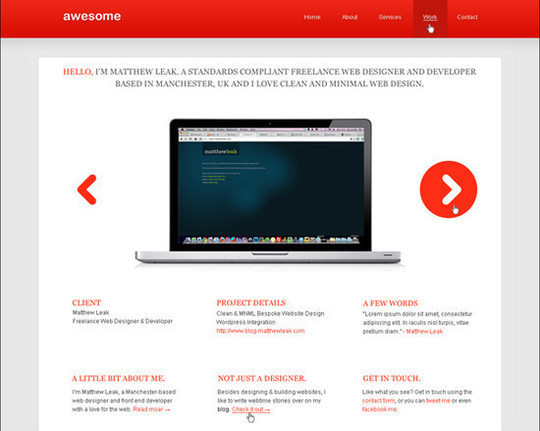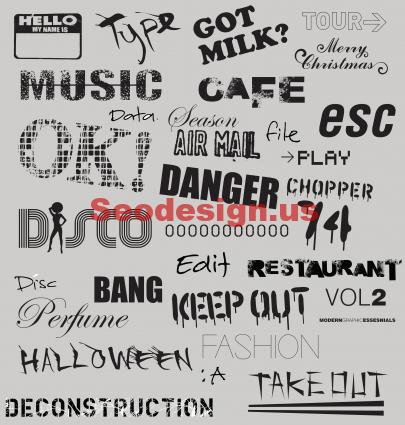In order for your blog to perform well with regards to views, social shares, and conversions, it has to be able to perform well in regards to design and development. Without adequate development in addition to beautiful and useful design, the content you produce will be of very little consequence. So, to help you know what you can do to improve the design and development of your blog just as much as the actual content you work so hard to create, here are three tips that will help you increase your blog’s performance.
Know What Your Site Will Allow
When you’re starting a blog, just as when you create any other type of website, you’ve got to know what you’re working with logistically. What can your site handle and what’s going to bog it down? That’s why, in order to make sure your blog is running in prime condition, Chris Dyson, a contributor to CrazyEgg.com, suggests setting a “performance budget”. This budget works similarly to other budgets for design, except that it pertains to how big or how fast you need your site to perform. If you want to add a design element or widget, you better make sure it doesn’t put your site over its budget and the parameters you’ve set for site performance before you implement it. This will help to ensure your pages are always functional for your users.

Speed Up Page Load Times
If it takes more than a few seconds for your page to load, there’s a very high chance that your visitor will navigate away without even having a chance to convert. This is something you can’t afford to let happen. Therefore, one of the priorities for your design and web development has to be having fast page load times. To do this, Sherice Jacob, a contributor to KISSMetrics.com, recommends doing things like compressing files, optimizing images, caching, keeping your scripts and animations to a minimum and more. When these things get out of control, so does the load time for your blog.
Rethink Your Host
There still could be things that affect the performance of your site that have nothing to do with the way you’ve set everything up. You may have done all the compressing and optimizing possible, kept things maintained on your end and are still having problems with load times. If this happens, Neal O’Grady, a contributor to WebFlow.com, advises looking into your hosting provider. Try working with a hosting service that has servers all throughout the country, especially close to where your visitors are, so that their load times will be faster. While switching hosting might mean spending a little more money for you, it should pay for itself once you stop losing visitors and money due to poor site performance.
Although your visitors won’t actively be thinking about what you’ve done to enhance the performance of your website, they will definitely notice if you’re lacking in this area. Use the tips mentioned above to know exactly what you can do with your web design and development that will help your website perform at its best.





